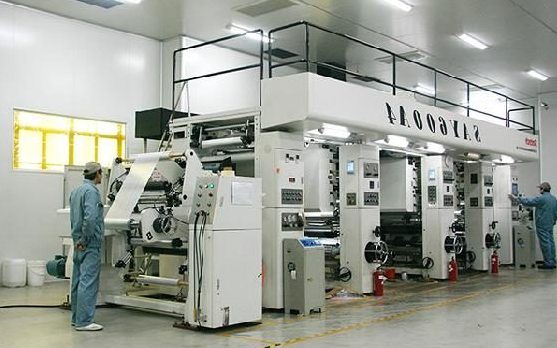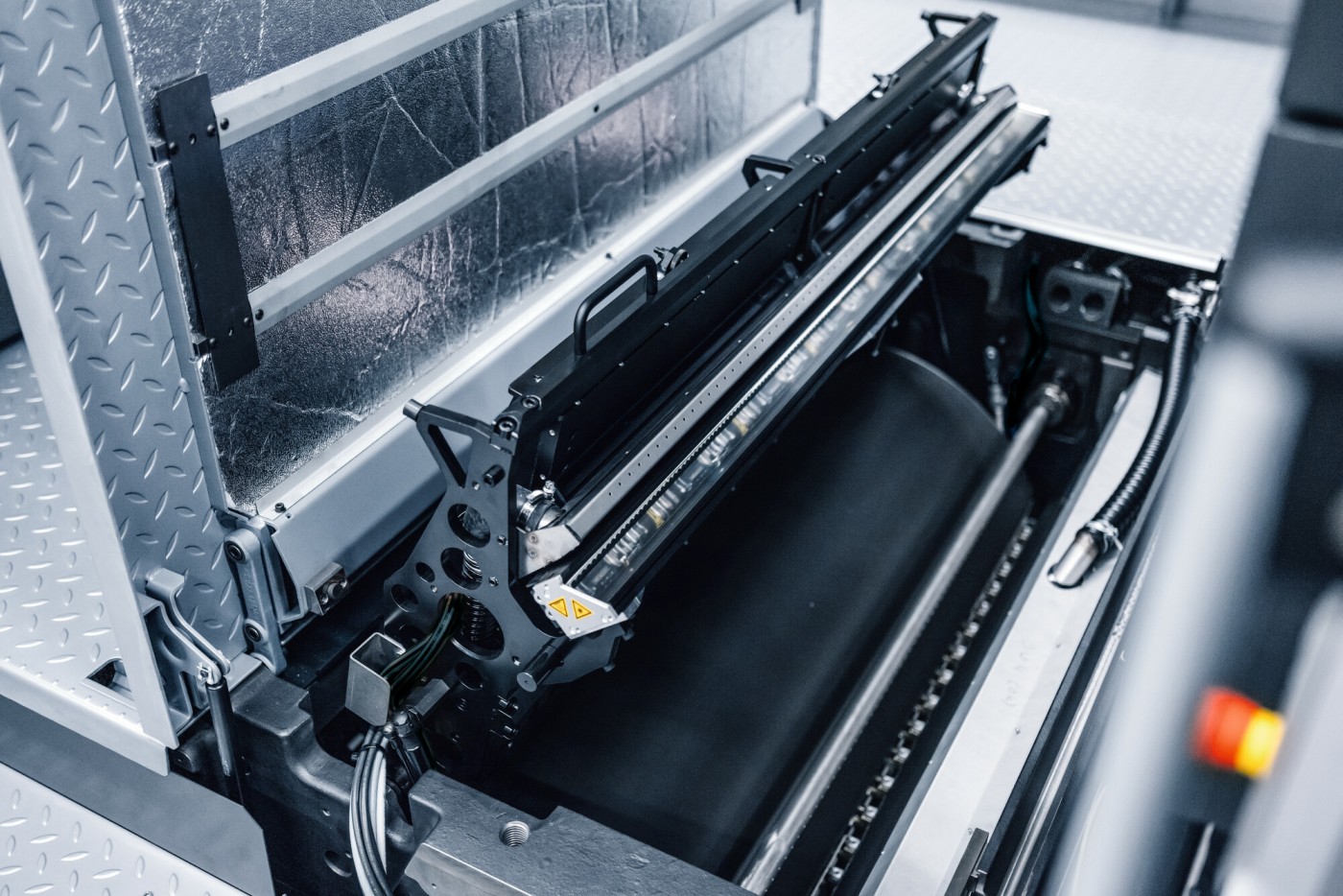The growth of the anti-counterfeit printing industry is a topic of immense importance in today’s global economy. As businesses seek to protect their products and consumers demand authenticity, the industry has seen significant advancements. This article explores the key factors driving this growth and what the future may hold.

Understanding Anti-Counterfeit Printing
Anti-counterfeit printing involves technologies and techniques that prevent the forgery and replication of products. This includes unique inks, holograms, and digital codes that are difficult to replicate. These methods are essential in maintaining the integrity of brands and products.
The Importance of Anti-Counterfeit Measures
Counterfeiting is a major issue affecting various industries, including pharmaceuticals, fashion, and electronics. According to a report on counterfeit market statistics, the global counterfeit market is worth billions of dollars. Anti-counterfeit measures help combat this by ensuring products’ authenticity and safeguarding consumers.
Driving Factors for Industry Growth
Various factors contribute to the growth of the anti-counterfeit printing industry. These include technological advancements, increasing consumer awareness, and regulatory pressures. Companies are investing in new technologies to stay ahead of counterfeiters.
Technological Advancements
Advancements in printing technologies have made it possible to create more secure and tamper-proof packaging. Innovations such as RFID tags, QR codes, and special inks have enhanced security, making it harder for counterfeiters to replicate products.
Consumer Awareness
With growing awareness about the risks of counterfeit products, consumers are more vigilant than ever. They demand assurance of authenticity, pushing companies to adopt anti-counterfeit measures. This has led to increased demand for secure printing solutions.
Key Technologies in Anti-Counterfeit Printing
Several technologies are pivotal in the anti-counterfeit printing industry. These include:
Holograms
Holograms are widely used in anti-counterfeit measures. Their complex designs and colors make them difficult to replicate, providing a reliable means of product verification.
Special Inks
Inks that change color or appear under UV light are another effective anti-counterfeit measure. These inks offer an additional layer of security, making it easier to identify authentic products.
Digital Watermarks
Digital watermarks are invisible to the naked eye but can be scanned by devices to verify authenticity. This technology is becoming increasingly popular due to its effectiveness and ease of integration into existing packaging.
Challenges Facing the Industry
Despite its growth, the anti-counterfeit printing industry faces several challenges. These include high costs, technological limitations, and the ever-evolving tactics of counterfeiters.
High Costs
Implementing anti-counterfeit measures can be expensive, particularly for small businesses. The cost of specialized inks and technologies can be prohibitive, limiting their adoption.
Technological Limitations
While technology has advanced, counterfeiters are also becoming more sophisticated. Staying ahead requires continuous innovation and investment, which can be challenging for companies.
The Future of Anti-Counterfeit Printing
The future of the anti-counterfeit printing industry looks promising. With ongoing advancements in technology and increasing consumer demand for authenticity, the industry is set to grow even further.
Emerging Technologies
Emerging technologies such as blockchain and AI are expected to play a significant role in the future. These technologies offer new ways to secure and verify products, enhancing the effectiveness of anti-counterfeit measures.
Regulatory Support
Governments worldwide are introducing stricter regulations to combat counterfeiting. This support is crucial in driving the adoption of anti-counterfeit measures and ensuring their effectiveness.
Conclusion
The growth of the anti-counterfeit printing industry is driven by the need for product authenticity and consumer safety. With continued advancements in technology and regulatory support, the industry is poised for significant growth. For more information on how anti-counterfeit printing is implemented across various sectors, visit this examples of security printing page.

FAQ Section
What is anti-counterfeit printing?
Anti-counterfeit printing involves technologies that prevent the replication of products, ensuring their authenticity and protecting consumers.
Why is the anti-counterfeit printing industry growing?
The industry is growing due to technological advancements, increasing consumer awareness, and regulatory pressures.
What technologies are used in anti-counterfeit printing?
Key technologies include holograms, special inks, digital watermarks, RFID tags, and QR codes.
This article contains affiliate links. We may earn a commission at no extra cost to you.






